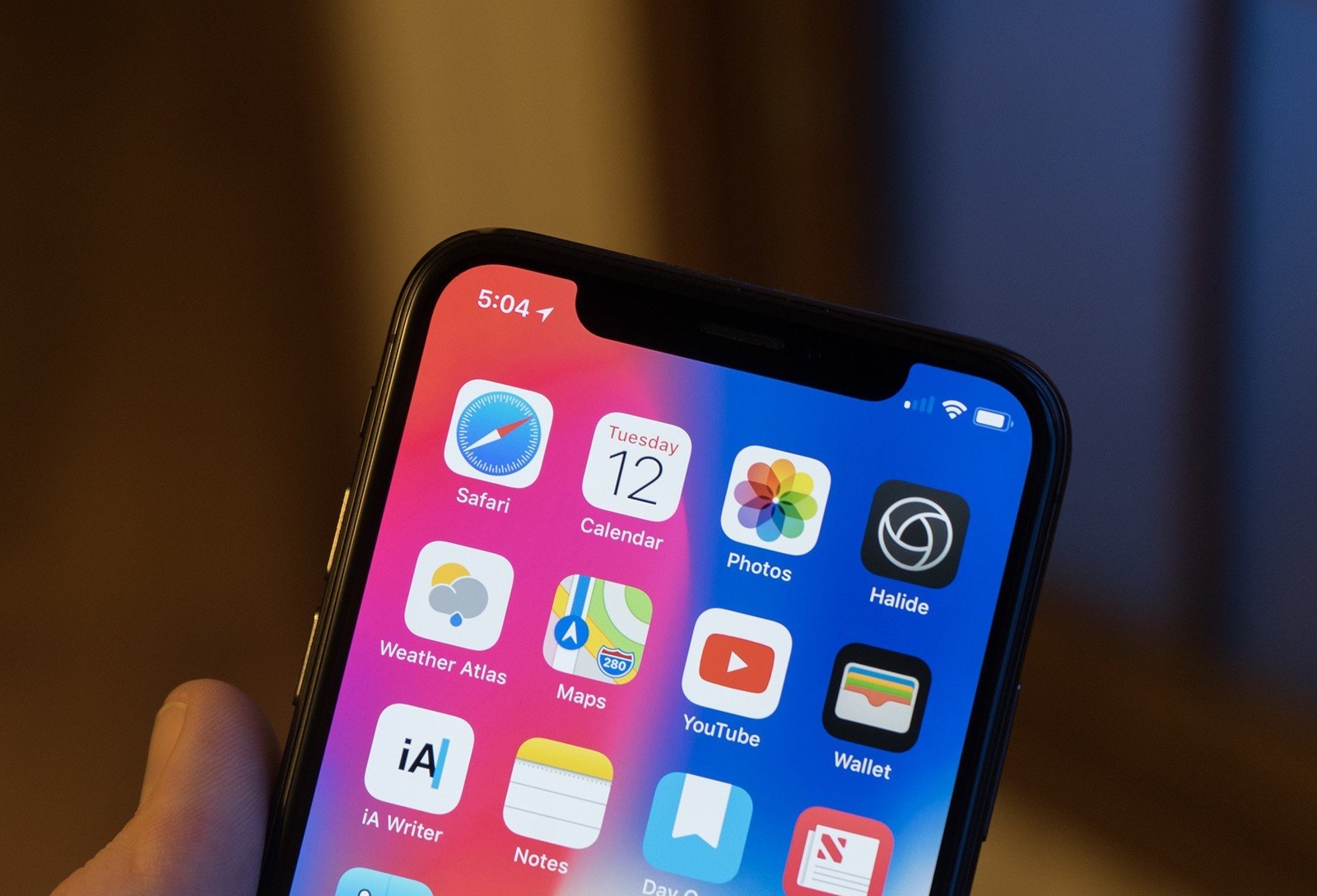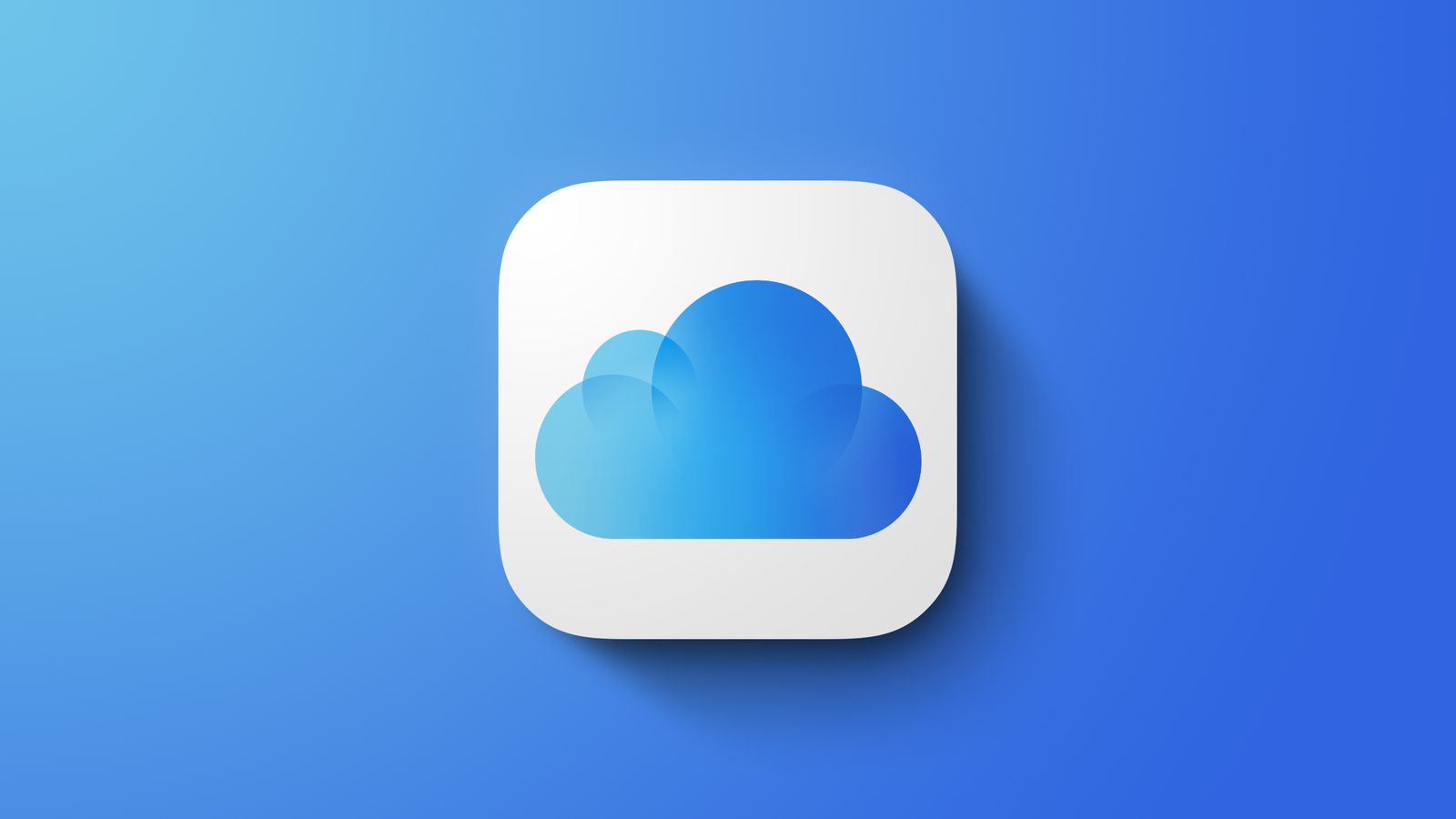com.android.server.telecom is used to initiate and manage calls on Android mobile and this includes SIM-based calls using Telephony framework . It also manages VOIP calls using SIP like the SIPConnectionService, or via a third party VOIP ConnectionService.
Users are able to manage calls with Android Graphics user interface; once the call is placed, com.android.server.telecom uses its framework to initiate calls with the SIM card helping to establish network connection.
It acts as a switchboard, routing calls and audio between Connections provided by ConnectionService implementation as well as InCallService implementation responsible for providing user interface for calls.
There are different functions also supported by com.android.server.com. Here is a list of the functions it supports.
| Conferencable | It is the interface used to identify entities that can allow other entities participate in a conference call |
| Call | Represents an ongoing phone call, it handles all the incoming and outgoing calls task user interface, and it displays a notification on the Android screen |
| Call.Callback | Defines callbacks which informs the InCallServer of changes to a call |
| Call.RttCall | It describes the state of the Rtt connect to the remote party, that is It’s responsible for route and rerouting of calls. |
| CallAudioState | This function encapsulates the state of the telecom audio and gives detailed reports on them. It handles all audio features like checking if call is muted or unmuted, check if Incoming and outgoing call voice is in order, also in charge of call recordings. |
| CallRedirectionService | This service can be implemented to interact between telecom and it implementer for making outgoing calls with options for redirection and call cancellation. It ensures that call diverts works and also keeps records of call diversions and redirections. |
| CallScreeningService | This service can be implemented by the default dialer or a third party app on to allow it disallow incoming calls before they are shown to the user. If the incoming call is on the block list, it rejects the call automatically. |
| CallScreeningService.CallResponse | Provides information about how to respond to an incoming call. |
| CallDetails | Maintains all details on Android and displays call logs, caller names and number, fetches data from the Android database both the phone book and internet database |
| TelecomManager | Provides access to information about active calls and registration. |
| VideoProfile | Provides information on video calls like fetching video call logs, helps users make video calls, ensures that the number the user dialed is available for a video call and notifies user accordingly. It represents all the attributes of a video call |
| VideoProfile.CameraCapabilities | Represents the camera capabilities important for video calls. It maintains a record of camera settings, camera quality, and all the details about a video call. It also ensures that the camera is in a good state for video call and informs the user accordingly. |
| StatusHints | Contains status labels and icons displayed in the call user interface, that is all the symbols and notifications you see on your screen while making or receiving a call is handled by this function. it also notifies users of in-call actions like call hold, call muted, switch to conference calls, etc. |
| PhoneAccount | Represents all the information related to the call account like VOIP details, SIM details, SIP account detail. |
| PhoneAccountBuilder | It is the function that helps build a phone account. |
| PhoneAccountHandle | It is the unique identifier for a phone account. |
| Remote conference | A conference provided to a ConnectionService by another ConnectionService through the ConnectionService #conferenceRemoteConnections |
How to uninstall com.android.server.telecom
You cannot uninstall com.android.server.telecom because it is one of the most important system service application on an Android device. Removing it in any way will stop you from making phone calls as well as VOIP calls.






